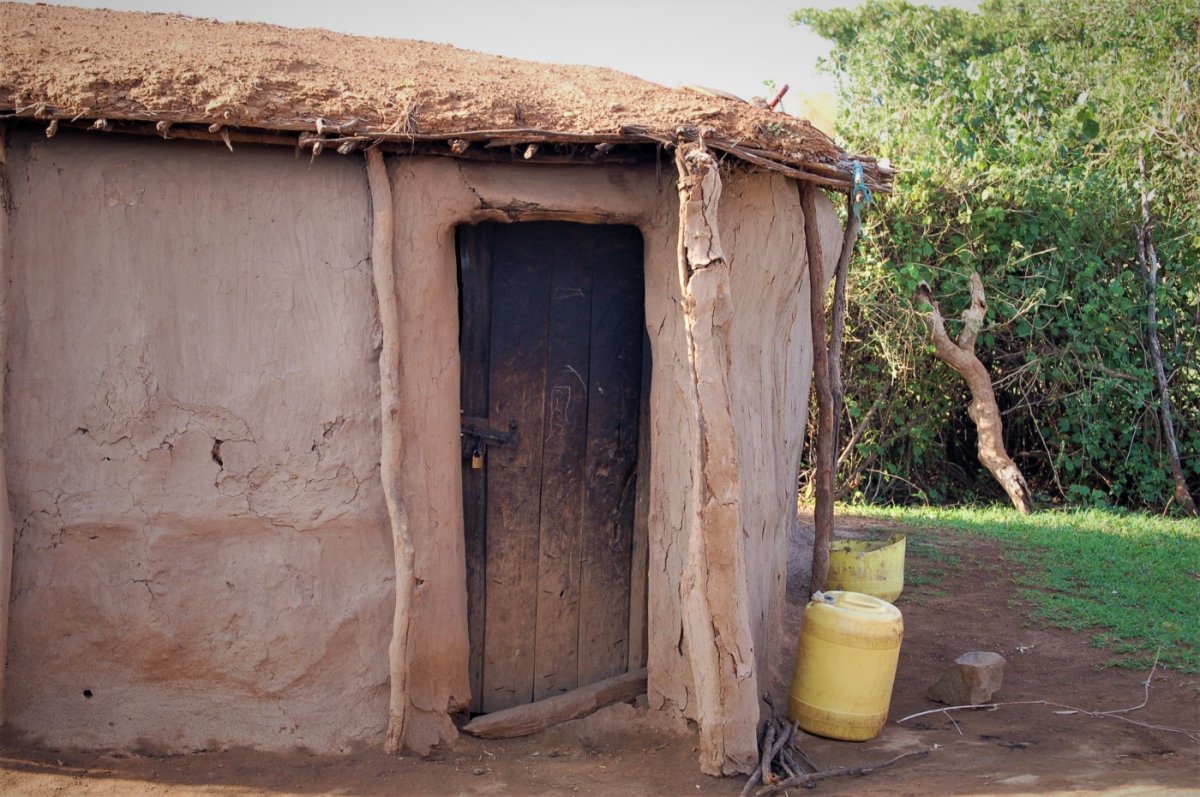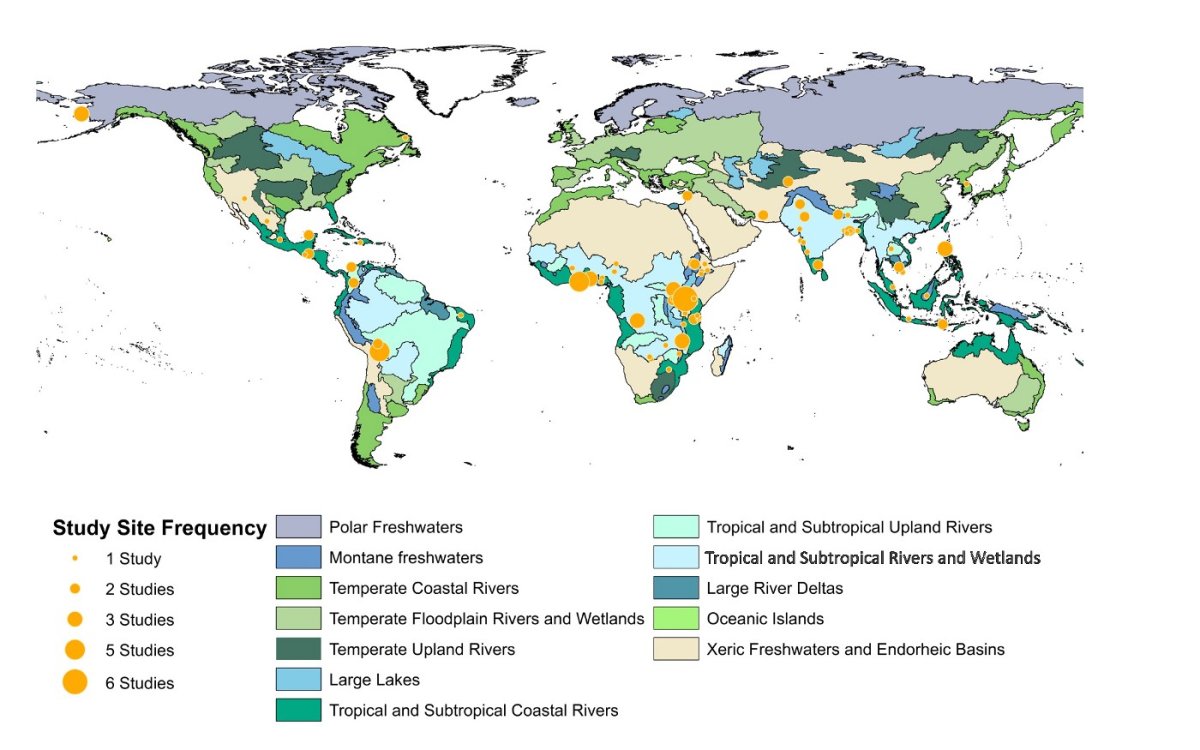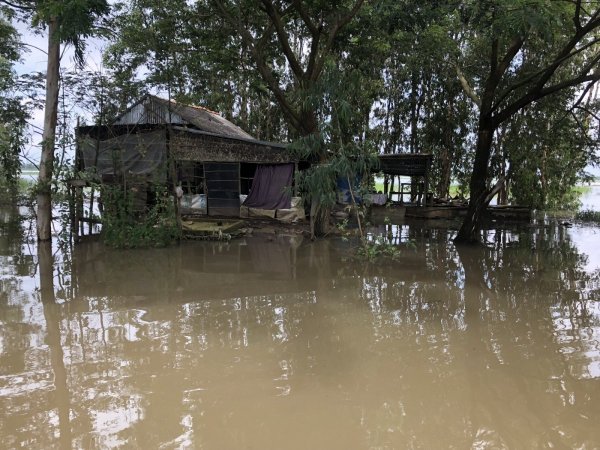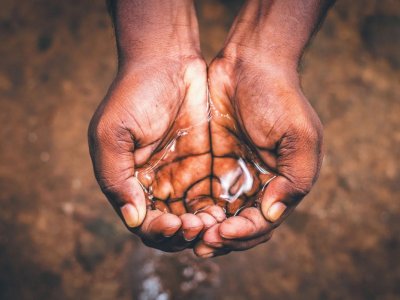For many households, a change in the season could mean a change in their water supply. What impacts household water supply for one family, however, might not affect another in the same way. In a new review, we examine how different seasonal dimensions, such as changes in temperature, rainfall, or surface water, work together with local hydrologic forces to affect overall household experiences with water.
Scientists, governments, and other organizations should recognize the global importance of studying how seasonal changes affect household water insecurity — that is when household water safety, affordability, reliability, or adequacy are compromised to affect overall well-being. For example, freezing winter temperatures have resulted in increased water expenditures in some Alaskan communities, because the extreme cold has led to emergency water line repairs, the costs for which must be recovered by the community. Across the globe in a very different part of the world, seasonal rain and river flooding in Vietnam washes contaminants into rivers, where rural households, dependent on the rivers for household water, washing, and bathing, are exposed to increased concentrations of pollutants, such as fertilizers and pesticides. Seasonal effects on household water are important in every region of the world, but the factors that contribute to overall effects on household water may differ.

The time dimension is an important piece of this story as there might be more nuance regarding seasonal differences in household water than once previously thought. Scientists, policymakers, and engineers must carefully measure and frame time in their studies on seasonality in household water experiences as this could affect the comparability and generalizability of their findings. Additionally, a good understanding of seasonal household water needs could help policymakers optimize the timing and distribution of resources.
Aspects of household experiences with water, such as safety, may be compromised across multiple seasons but perhaps for different reasons. For example, in areas where water height in rivers contrasts sharply between rainy and dry seasons, river water may be unsafe in the dry season due to low water levels and stagnant water. Water also may be unsafe at the beginning of the rainy season if rain stirs up dirt in riverbeds and washes trash into the river. After some time with prolonged rains, however, rivers may be flushed enough that water safety may improve.

Geography can largely influence how seasonality affects overall water-related household well-being. For example, different parts of the world experience different kinds of seasonality, including patterns of wet and dry cycles, monsoons, seasonal droughts, recurrent flooding, and warm and cold temperature cycles. Each of these types of seasonality last different lengths of time and describe different ranges of temperature, rain, and freshwater availability.
In addition to different seasonal patterns geographically, local groundwater behavior, topography, geology, soils, river systems, and proximity to the coast can all influence how seasonality affects local water resources.
Understanding seasonality in household water is an important foundation for future work seeking to know how long-term climate trends affect household water. It can provide important evidence to distinguish what may be expected seasonal differences from extreme events and disasters such as tornadoes, earthquakes, blizzards, pro-longed drought, and tsunamis.
Reference: Lauren M.T. Broyles, Emily L. Pakhtigian, Asher Y. Rosinger, Alfonso Mejia. Climate and hydrological seasonal effects on household water insecurity: A systematic review, WIREs Water (2022). http://doi.org/10.1002/wat2.1593.
Originally posted on Medium: https://medium.com/@psuwaterstudentgroup/a-change-in-season-a-change-in-water-e24c9e2ed9df








